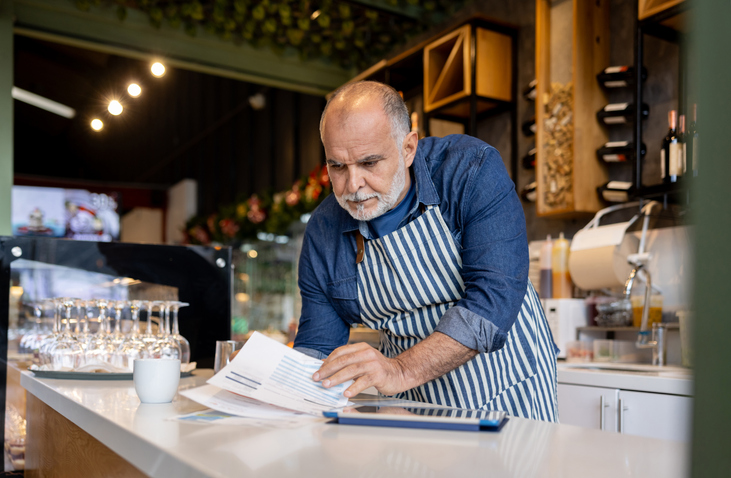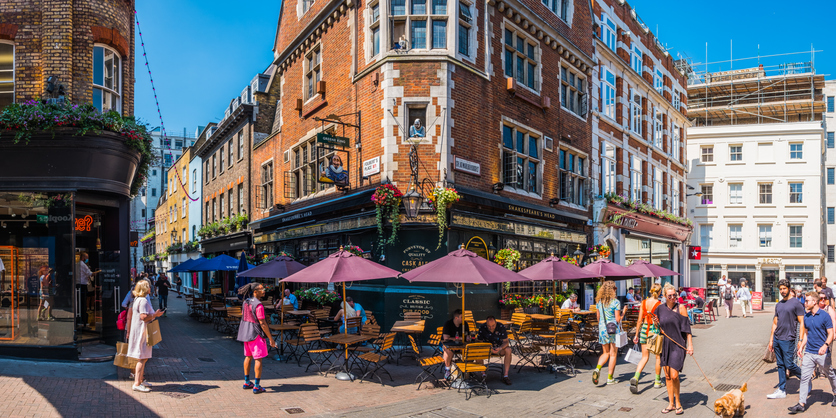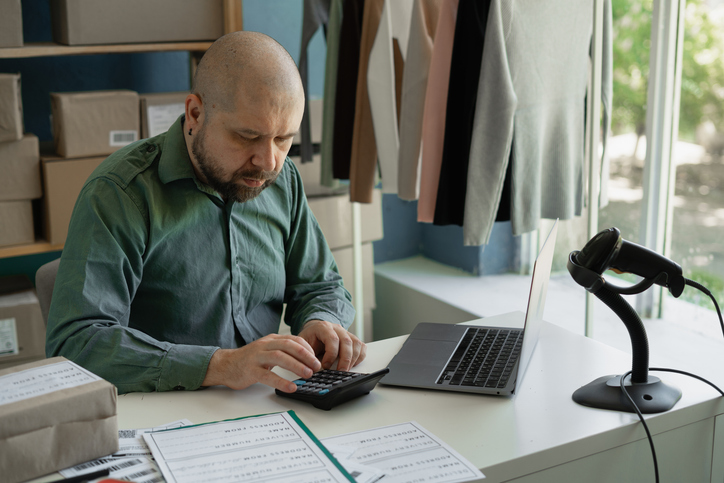Data released by Barclaycard today as part of its latest Contactless Spending Index shows supermarket shoppers are increasingly turning to ‘touch and go’ as their payment method of choice when making purchases up to the value of £30.
With all major supermarkets now accepting contactless following the roll-out by Sainsbury’s late last year, groceries bought through ‘touch and go’ technology have risen 136 per cent by value and 114 per cent by volume in the last 12 months – as shoppers make higher value purchases with their contactless cards and devices and also use them more frequently.
The news comes as industry body the UK Cards Association (UKCA) reveals that overall contactless payments accounted for £25 billion of spending in 2016, up from £7.75 billion in 2015. This is supported by Barclaycard data which shows that spending across all categories rose 166 per cent during the same period.
Saving time and money
Saving approximately seven seconds per transaction compared to Chip and PIN, busy shoppers now favour ‘touch and go’, with 55 per cent of all eligible electronic transactions (those up to £30) now made using this payments technology.
See also: How to sell anywhere with contactless payments – It’s a growing trend that’s not going away
While contactless is surging in popularity among all age-groups, for the second year running it’s the nation’s ‘Silver Spenders’ – those aged over 60 – where adoption is climbing at the fastest rate. Among this group, the number of users has surged 64 per cent in the last 12 months alone, while in comparison – as the number of users among all other age groups is already relatively high – the rate of growth is slower.
The next highest increase is among 50-64, who have upped their usage by 60 per cent, followed by 35-49 year-olds (45 per cent), 25-34 year-olds (30 per cent) and 18-24 year-olds (23 per cent).
It’s not just supermarkets, however, that are enjoying a roaring contactless trade. Other sectors to have seen a steep year-on-year rise in ‘touch and go’ spending are: service stations, (218 per cent), department stores (147 per cent), discount stores (120 per cent), hotels and motels (100 per cent) and convenience stores (87 per cent).
The Great Scottish contactless spending spree
The biggest leap in contactless across the UK is among the Scots, with areas north of the boarder dominating four of the top five spots.
Orkney has seen the highest annual increase at 281 per cent, followed by the Shetland Isles (239 per cent) Dumfries (231 per cent) and Kilmarnock (202 per cent).
This surge is driven by a combination of cardholders using contactless more frequently and an uptake in retailers accepting contactless as a payment method. In contrast London, where overall contactless usage is already the highest in the country, has seen a modest 45 per cent increase, with almost six in ten (57 per cent) of all transactions up to £30 now made using the technology.
Significant uplifts across the rest of the UK include: Belfast (201 per cent), Blackburn (179 per cent), Sunderland (168 per cent), Doncaster (165 per cent), Aberdeen (164 per cent), Salisbury (158 per cent) and Cardiff (145 per cent).
Tami Hargreaves, commercial director, digital consumer payments at Barclaycard, says, ‘The days of the weekly food shop are gone for many Brits. While a couple of hours spent browsing store aisles will always be preferred by some, there is a clear shift towards speed and convenience, coupled with several ‘top-up’ shops through-out the week. This change in consumer behaviour lends itself to the sharp increase in ‘touch and go’ we’re seeing in the supermarket sector.
‘As grocery buying habits continue to evolve, supermarkets have an opportunity to make the payments process quicker and easier too. We all remember the days when tills were reserved for five items or less to reduce queuing times; in the future we may see contactless fast lanes or contactless-only check-outs in stores to speed up the payment process for time-pressed shoppers.’
In September, Barclaycard will mark the 10th anniversary of introducing contactless payments to the UK. When the technology was launched the maximum amount that could be spent in one transaction was just £10.
This increased to £15 in March 2010 and £20 in June 2012, before rising to the current limit of £30 in September 2016. [Update: As of 2020 the limit had increased to £45]
In January, Barclaycard announced the successful launch of its contactless donation box trial with 11 national charities, including NSPCC and RNLI. The portable boxes, which are the first to accept Chip and PIN and contactless, were developed as it was revealed that charities may be missing out on more than £80 million in donations each year by only accepting cash.





